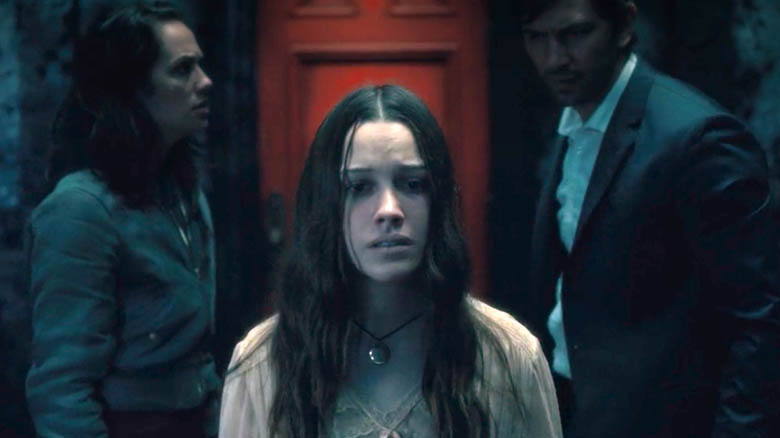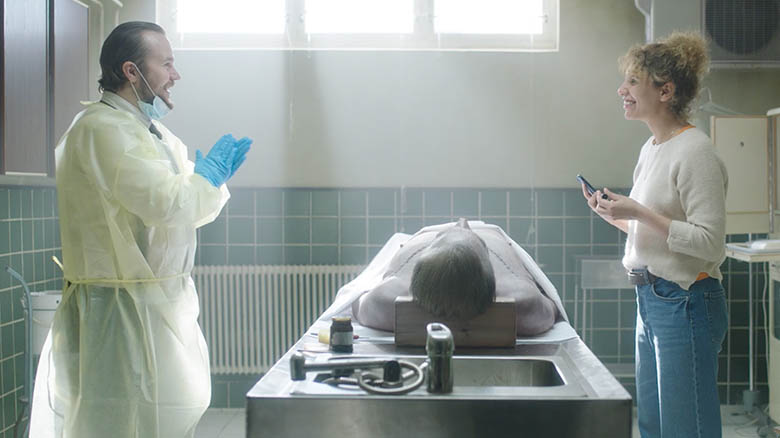2649Views 0Comments


The Haunting of Bly Manor Is an Emotionally Resonant, Romantic Follow-Up to Hill House


When is a horror story not a horror story? When is a ghost not a ghost? If a ghost lives, breathes and walks among the living, can that really be called anything other than life? If a ghost feels every bit as much love, fear and regret as a living person, then isn’t life just as fraught with peril as death?
WATCH GUIDE: The Haunting of Bly Manor
These are a few of the roughly 10,000 questions that Netflix’s The Haunting of Bly Manor would like you to roll around in your head during its nine-hour runtime, in which it adapts Henry James’ The Turn of the Screw but simultaneously finds time to go down every narrative rabbit hole you might find on a sprawling English manor’s property. The follow-up to Mike Flanagan’s The Haunting of Hill House is more unfocused than its predecessor, attempting to build an operatic narrative with detailed backstories for seemingly every character, but it possesses the same sort of devastating emotional intensity seen in the previous Netflix series. What it doesn’t have, though, is likely to disappoint a certain chunk of the audience: The scares.
“Horror,” as it turns out, was never really the focus here—the events of the series are described in its opening moments as a “ghost story,” but to conflate that with a “horror story” is an inaccurate framing. There’s a smattering of jump scares, sure, but the goal here was seemingly not to suffuse every episode of The Haunting of Bly Manor with the persistent dread that was present in Hill House, but to tell a richly emotional melodrama on love, jealousy, selflessness, responsibility and trauma. Suffice to say: Netflix is marketing a horror story because we’re approaching Halloween, but you might be better off expecting a supernatural romance with overtones of Greek tragedy.


